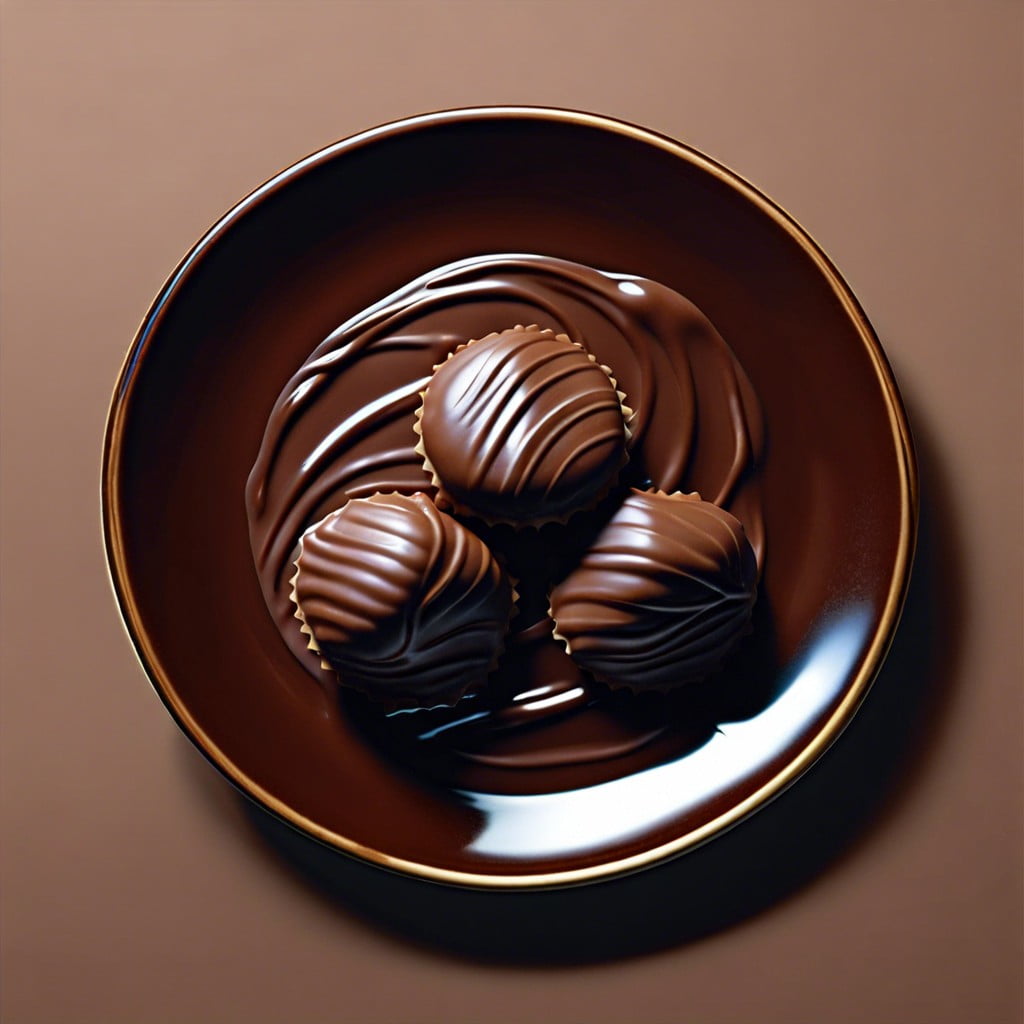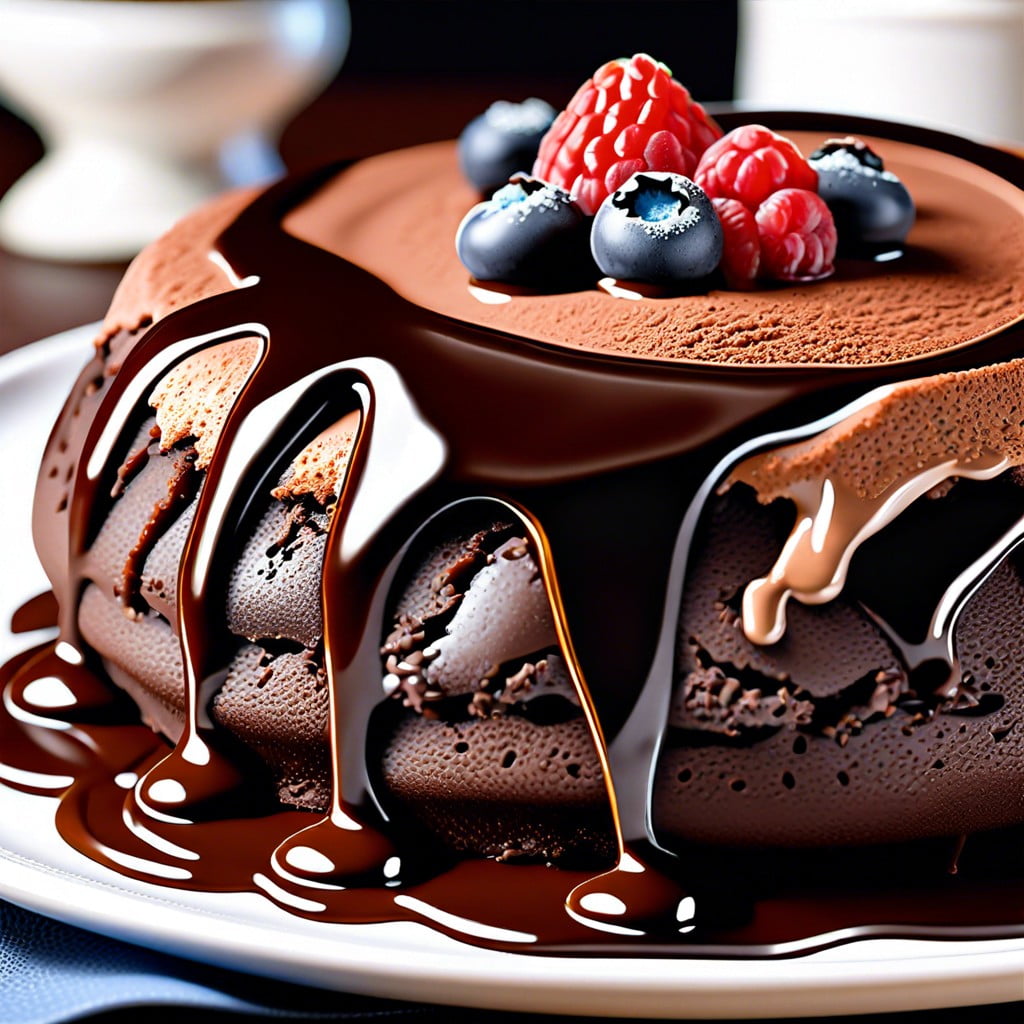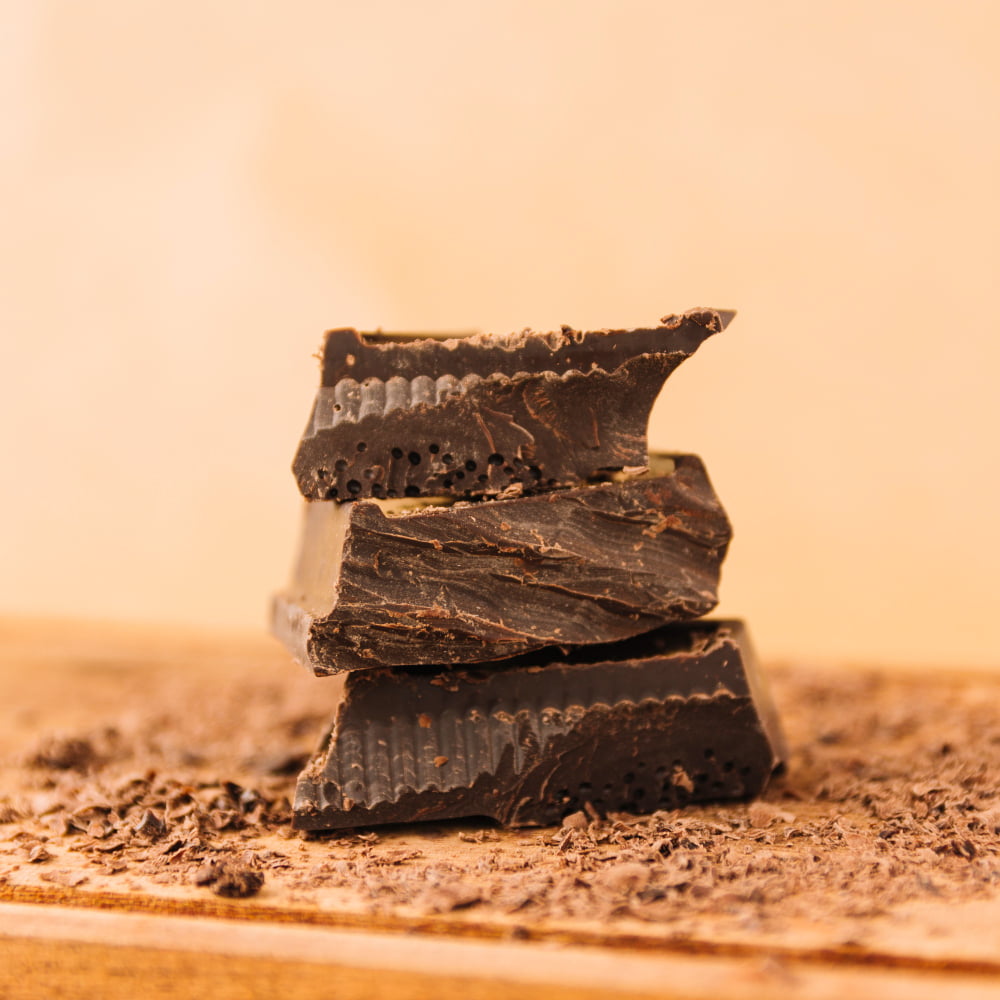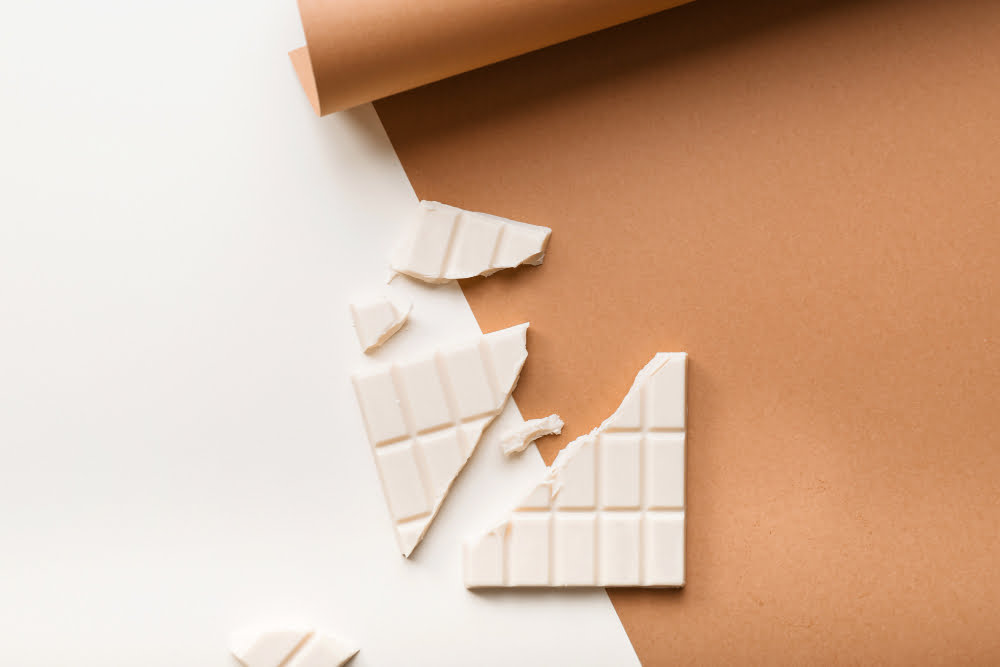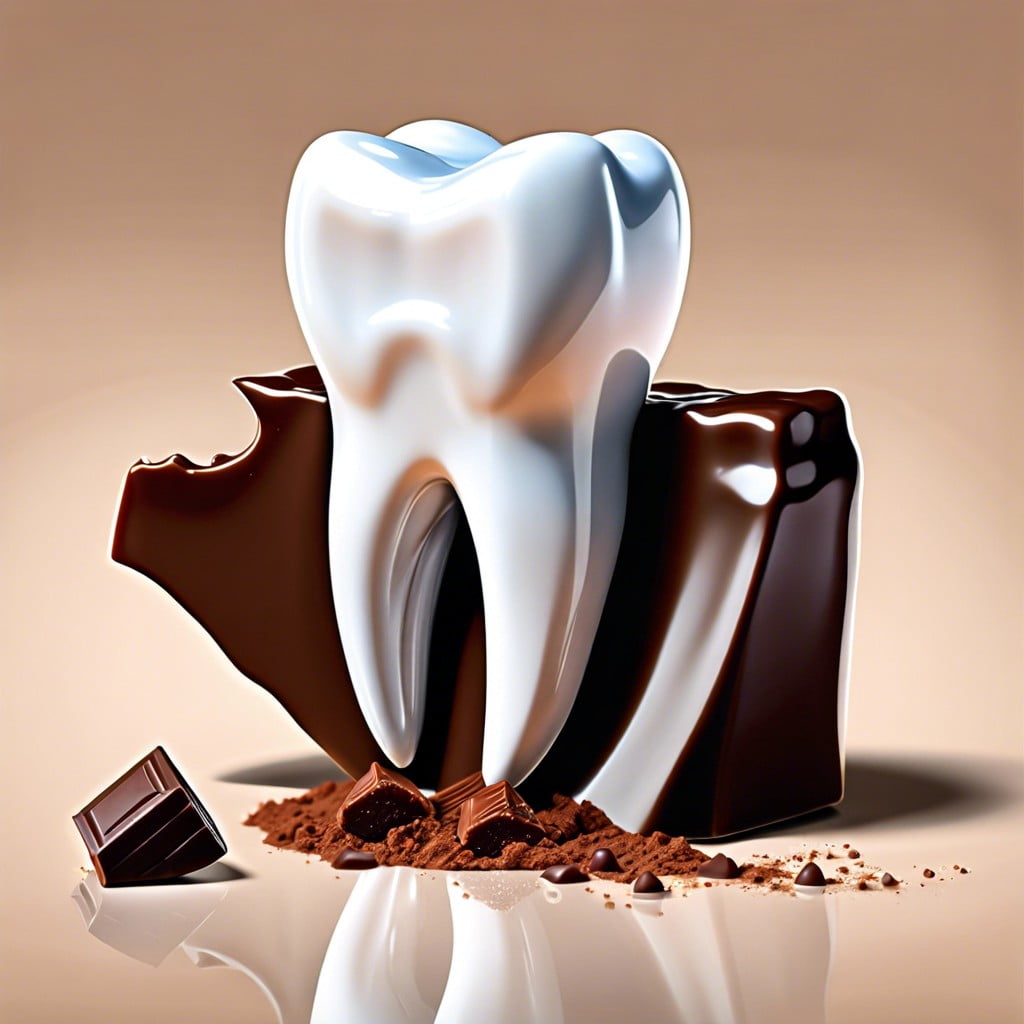Discover why chocolate develops a white coating and how it affects its quality and taste.
Key takeaways:
- Sugar bloom is a white, rough surface caused by moisture.
- Fat bloom is a whitish coating caused by temperature fluctuations.
- Proper storage and tempering can help prevent chocolate bloom.
- Bloomed chocolate can still be used in baking and cooking.
- Bloomed chocolate is safe to eat and retains its nutritional value.
Inside
Sugar Bloom
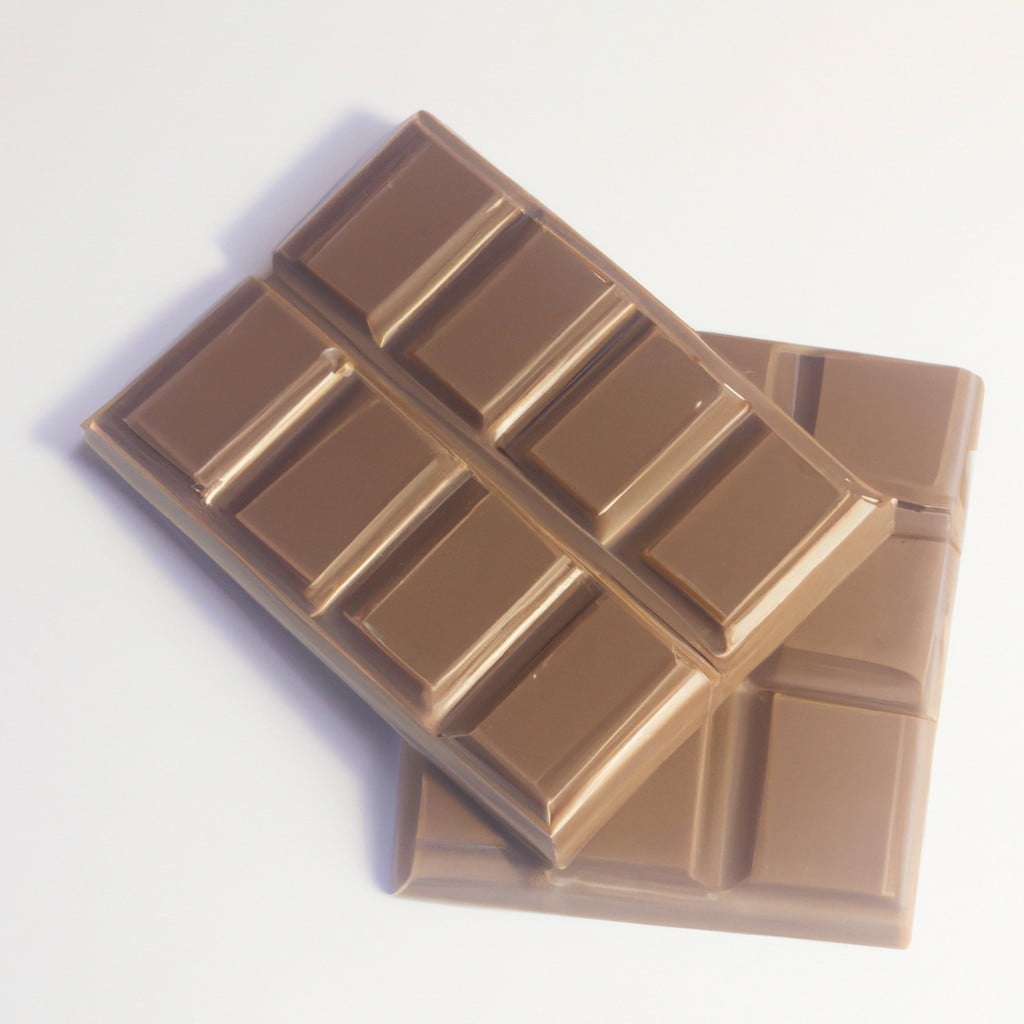
When chocolate is exposed to moisture, the sugar therein dissolves. Once this moisture evaporates, it leaves behind a rough, white surface of recrystallized sugar. This phenomenon primarily occurs in environments with high humidity or when chocolate is transferred between different temperatures quickly, causing condensation. It’s a visual and textural change but doesn’t typically affect the taste.
To avoid this, ensure chocolate is stored in a cool, dry place and sealed properly to minimize exposure to air and humidity.
Fat Bloom
Temperature fluctuations cause the cocoa butter crystals in chocolate to destabilize and migrate to the surface, resulting in a whitish coating. This is further exacerbated if the chocolate is stored in an environment where it might be exposed to varying temperatures.
To stabilize these fat molecules, proper tempering during chocolate production is crucial; it ensures the formation of stable beta crystals, leading to a glossy finish and a firm snap. When chocolate is not correctly tempered, less stable crystals form, leading to an increased risk of this unpleasant surface change over time.
Additionally, if chocolate comes into contact with a surface containing fats or oils, such as improperly cleaned molds or utensils, the foreign fats can incite a similar reaction.
How to Prevent Chocolate Bloom
Storing chocolate in a cool, dry place will help maintain its stability. Ideal storage temperatures are between 65 and 68°F (18 and 20°C) with a humidity level below 55%. Avoid temperature fluctuations as they can cause the cocoa butter to migrate to the surface, leading to fat bloom.
Wrapping chocolate tightly in an airtight container shields it from moisture. This barrier keeps sugar bloom at bay by preventing exposure to air and humidity.
For those with a penchant for refrigeration, allow chocolate to gradually come to room temperature before unwrapping. This tactic helps to avoid condensation which can dissolve sugar and create bloom.
Using high-quality chocolate with a proper balance of cocoa butter can also reduce the likelihood of bloom. Proper tempering of chocolate ensures a stable crystalline structure, making it less susceptible to both types of bloom.
What to Do With Bloomed Chocolate
While the appearance of bloomed chocolate isn’t ideal, the product is still usable. Melting down bloomed chocolate can effectively erase the visual signs of bloom and the chocolate can be re-tempered to restore its snap and shine.
Incorporating bloomed chocolate into baked goods, such as brownies or chocolate chip cookies, is a practical solution because the bloom does not affect the flavor. It can also be used in sauces, ganaches, or for chocolate-dipped fruits where the appearance will be masked by the application.
For a crafty approach, melted bloomed chocolate can serve as a base for homemade chocolate shapes or decorations where the finish is not the priority. Remember, working with bloomed chocolate for these purposes does not require additional steps, as the final product’s quality remains unaffected by the bloom.
Is Bloomed Chocolate Safe to Eat?
Despite its off-putting appearance, bloomed chocolate remains safe to consume. The white coating is simply sugar or fat that has risen to the surface and does not indicate spoilage. However, while the taste might be slightly altered due to the sugar or fat separation, it retains its original nutritional value.
Blooming affects texture and appearance more than safety or flavor. For baking or cooking purposes, this chocolate can still be melted and used normally. If texture is a concern, bloomed chocolate is ideal for recipes where it will be melted or combined with other ingredients, masking any textural changes.
